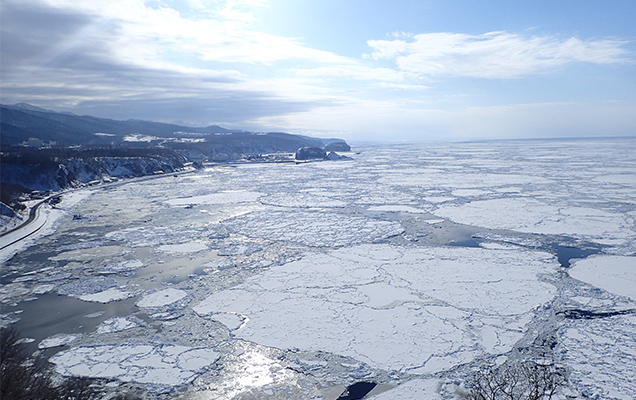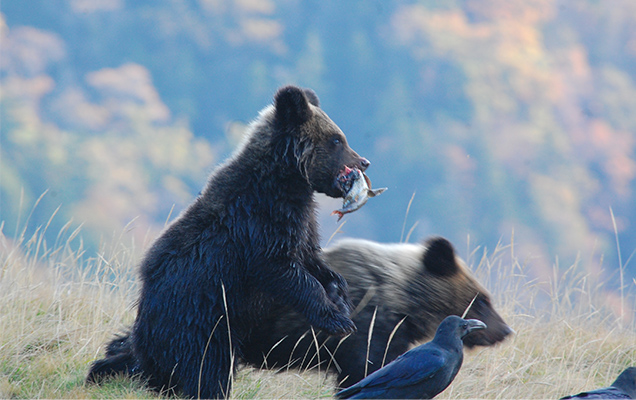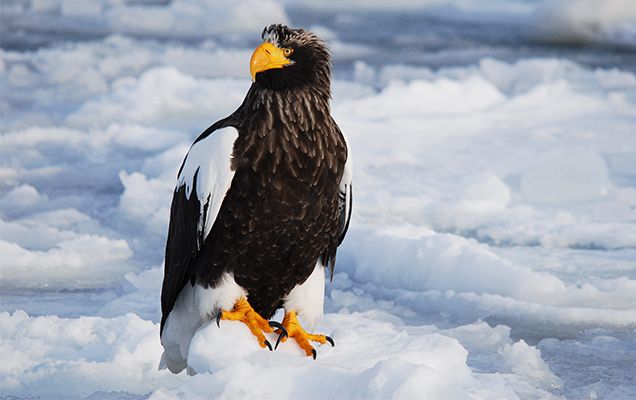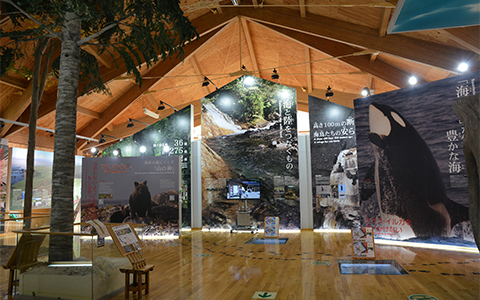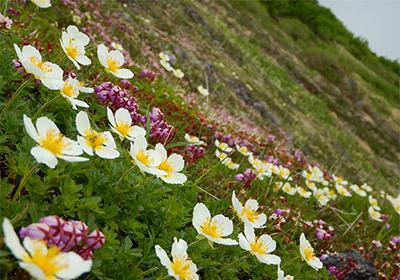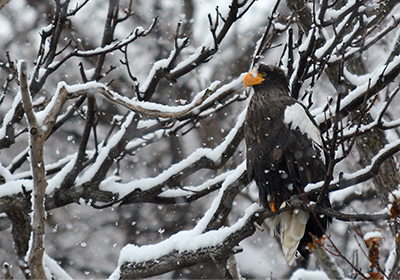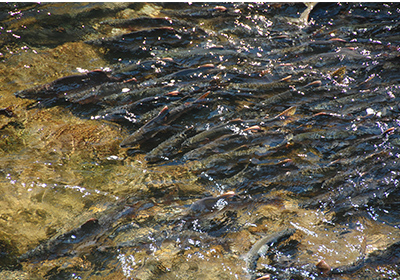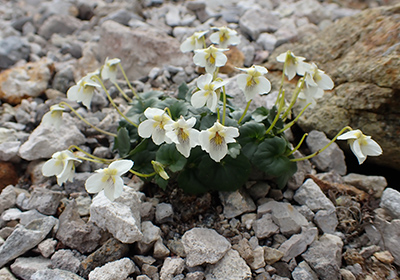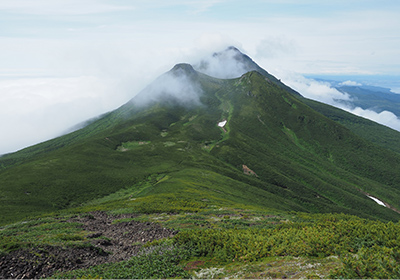Shiretoko World Natural Heritage
What is World Natural Heritage?
World Heritage is the designation by the World Heritage Committee for places on Earth that are of outstanding universal value to humanity and as such, have been inscribed on the World Heritage List to be protected for future generations.

Why is Shiretoko Listed? Its Two Outstanding Values
- Ecosystem:
- productive interaction of marine and terrestrial ecosystems, influenced by the formation of seasonal sea ice.
- Biodiversity:
- Combining northern species and southern species, the property is an important area for maintaining biodiversity, supporting a wide range of fauna and flora that include a number of rare and endemic species.
